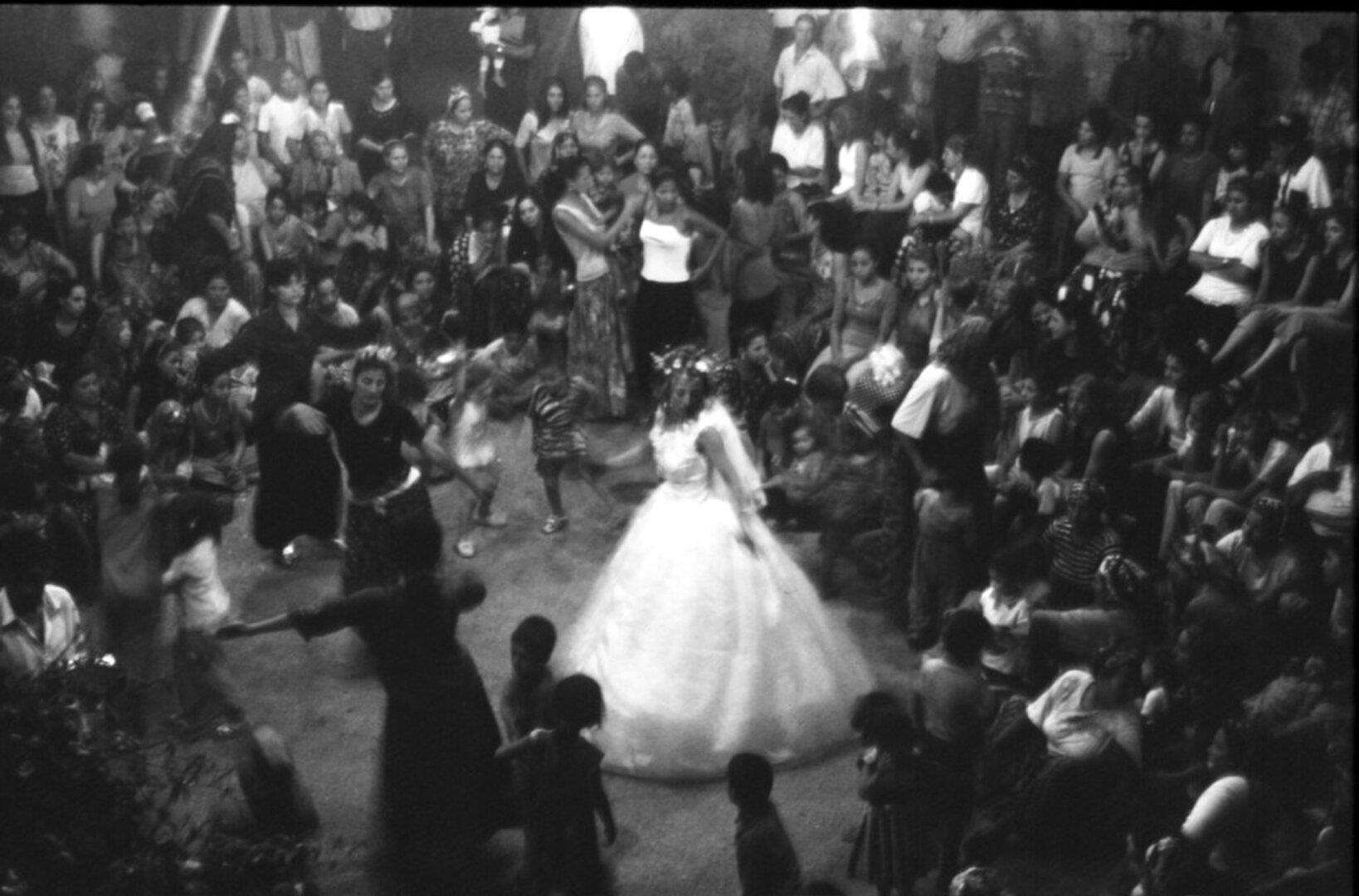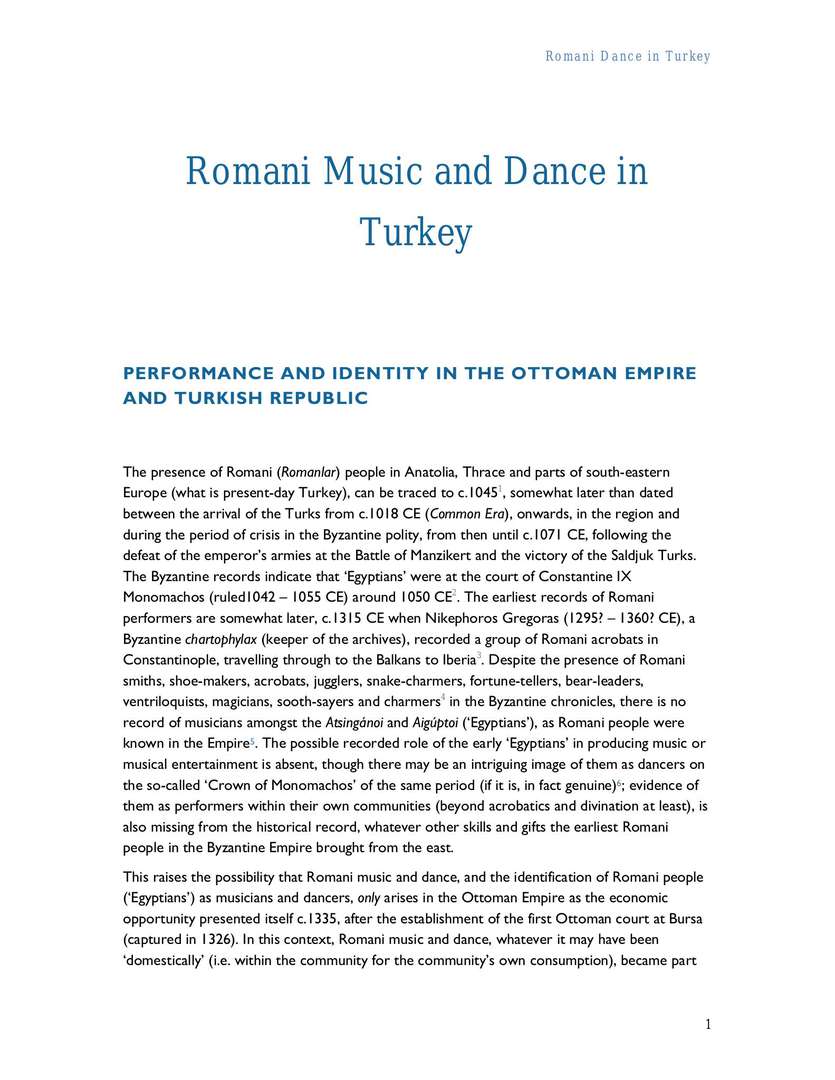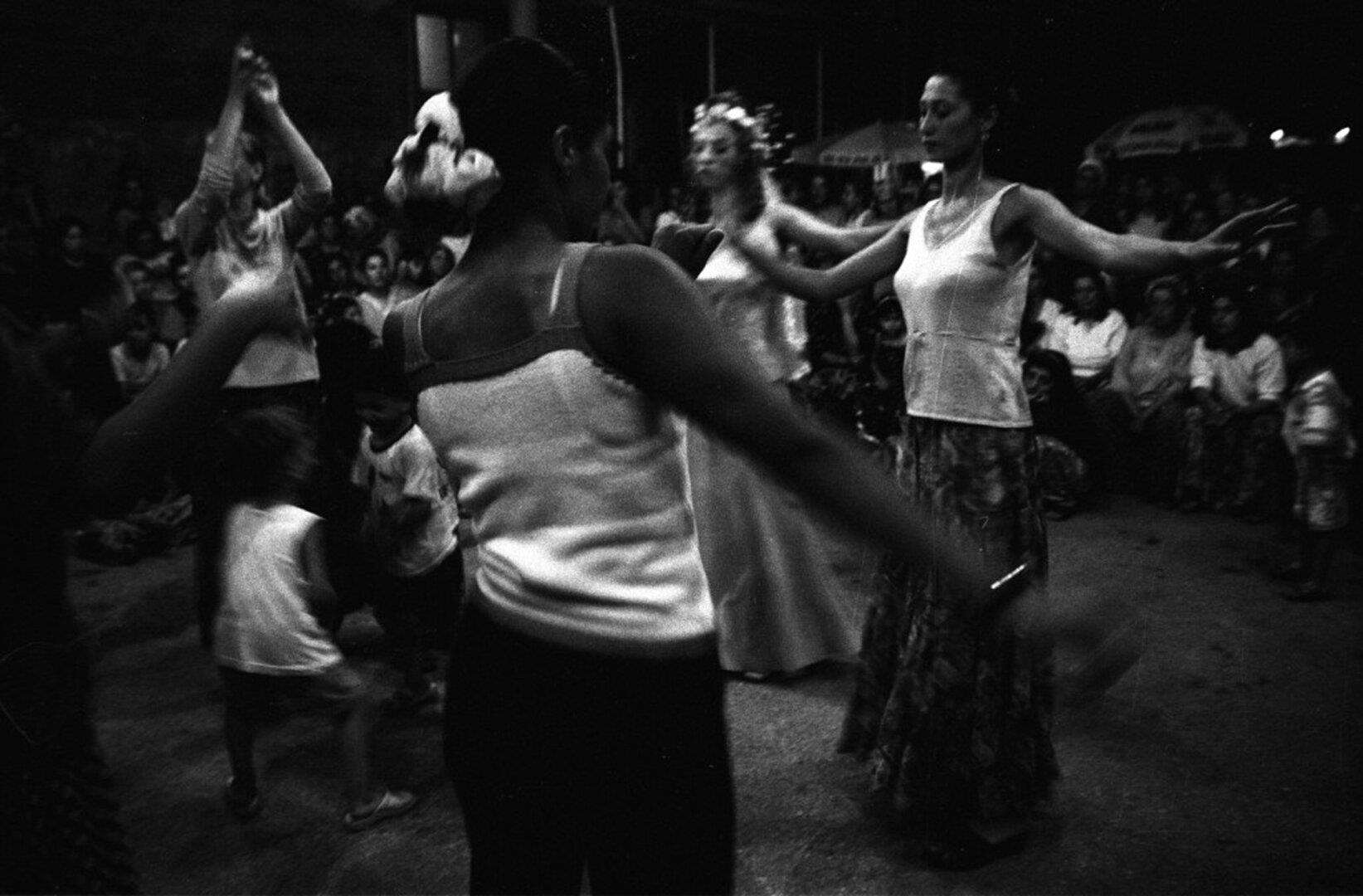Bibliography
Acton, T. A. and Marsh, A.: ‘The Development of Roma/Gypsy/Traveller Identity During the Candidacy for EU membership of the Turkish Republic’, paper delivered at the annual conference of the Gypsy Lore Society at the University of Manchester, 7 September 2007, at https://researchcatalogue.esrc.ac.uk/grants/RES-000-22-1652/outputs/read/65937ac9-8b94-40fb-ac0a-0326732ee6ac
Acton, T. A. and Marsh, A.: ‘“Glocalisation”: A New Phenomenon or an Age-old Process? Current Adaptations in Changes in Gypsy/Roma/Traveller Identity in the Turkish Republic’, paper delivered at a regular session on ‘Globalisation and (De-)/(Re-)Construction of Roma/Gypsy/Traveller Identities’ at the 38th Congress of the International Institute of Sociology, Budapest, 26–30 June 2008, at https://researchcatalogue.esrc.ac.uk/grants/RES-000-22-1652/outputs/read/4a5c3238-454f-4af3-97fe-9659f521c6d2
Economic & Social Research Council (ESRC): ‘Charting the variety of aspirations of Romani/Gypsy groups in Turkey’, Grant RES-000-22-1652, 31 January 2006 – 31 January 2007, at https://researchcatalogue.esrc.ac.uk/grants/RES-000-22-1652/read
Marsh, A. and Strand, E.: ‘Gypsies and Alevis: The Impossibility of Abdallar Identity?’ in H. I. Markussen, [ed.], Alevis and Alevism: Transformed Identities, Istanbul: Isis Press, 2005, pp. 152–72
Marsh, A. and Strand, E. [eds]: Gypsies and the Problem of Identities: Contextual, Constructed and Contested (Transactions of the Swedish Research Institute in Istanbul), London: I. B. Tauris, 2006
Marsh, A.: ‘Research and the many representations of Romani identity’, Roma Rights Quarterly, Vol. 11, No.3, Budapest: European Roma Rights Centre, 2007, pp. 17–30
Marsh, A.: ‘No Promised Land: History, Historiography and the Origins of the Gypsies’, PhD thesis submitted to the University of Greenwich, London, 2008 (unpublished)
Marsh, A.: ‘A brief history of the Gypsies in Turkey’, in E. Uzpeder et al. [eds], We Are Here! Discriminatory Exclusion and Struggle for Rights in Turkey, Istanbul: Helsinki Citizen’s Assembly, 2008, pp. 5–20
Marsh, A.: ‘Ethnicity and identity: who are the Gypsies?’ in E. Uzpeder et al., We Are Here! Discriminatory Exclusion and Struggle for Rights in Turkey, Istanbul: Helsinki Citizens’ Assembly, 2008, pp. 21–30
Marsh, A. and Eren, Z. C.: ‘The Analysis of Erosion: Occupational and Social Change and Continuity amongst the Basket-Weavers of Izmir and Musicians of Diyarbakir in Turkey’, paper delivered at the annual conference and general meeting of the Gypsy Lore Society, Georgetown University, Washington D.C., 11–12 August 2008
Marsh, A. and Karlıdağ, M.: ‘A Study of Research Literature Regarding Turkish Gypsies and the Question of Gypsy Identity’, in E. Uzpeder et al., We Are Here!, 2008, pp.143–58
Marsh, Adrian: “The Gypsies of Sulukule”, CITY: analysis of urban trends, culture, theory, policy, action, vol.14, no.6, December 2010, pp.670-674
Marsh, A. R.: ‘Lo, it is God who splits the date and the date-stone! Rom, Dom and Lom religiosity in Turkey’, in D. Thurfjel and A. Marsh [eds], Romani Pentecostalism: Gypsies and Charismatic Christianity, Frankfurt: Peter Lang, 2014, pp. 231–41








